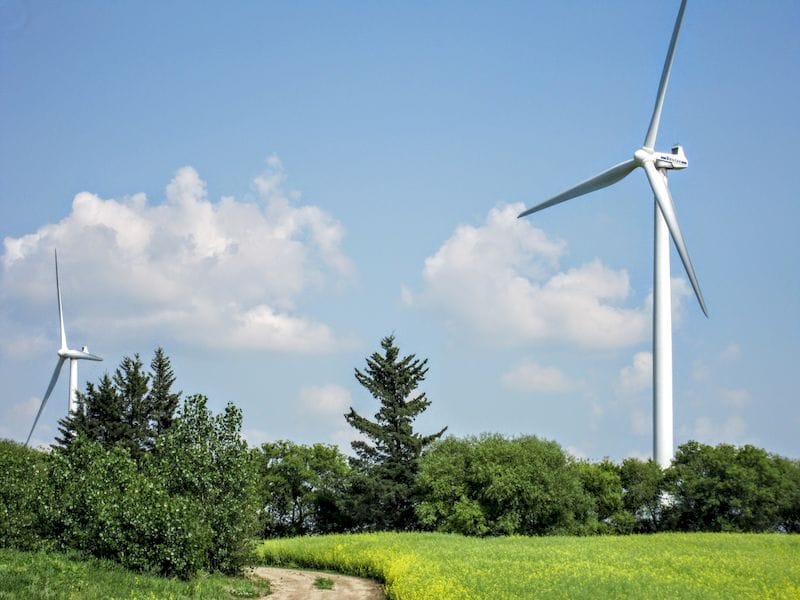
The past several years have seen 3D technology change from a niche specialized tool to an entirely new method of manufacturing and pivotal experimentation.
This enlightening transition is starting to revolutionize almost every industry. Even those sectors that seem like they couldn’t possibly incorporate 3D are gradually experimenting with 3D implementation and modeling. While it is impossible to predict exactly what the future holds, there are a few areas of particular interest for those who want to watch this new industrial revolution unfold, especially as these developments could affect humanity’s functional paradigm for generations to come.
Transportation & Infrastructure
While the majority of 3D printing projects began as experiments creating relatively small objects, firms are commonly branching into larger and larger productions. One such example presents itself in the transportation industry. A bridge in the Netherlands was recently constructed with a 3D printer as opposed to traditional assembly techniques.
Though the bridge is relatively small, it serves as proof that 3D printing could revolutionize the construction industry. This specific project also used significantly less concrete than would be necessary using traditional methods, which provides both environmental and economic benefits that should be taken into consideration by others whose projects might utilize 3D printers.
3D technology has also found its way into rail, flight, and other forms of transportation that rely on complex components. Traditionally, replacement parts have been expensive and suffer slow acquisition times because the market can only support a small number of manufacturers that cannot produce a high volume of parts in advance due to limited demand. Modern printers are often both faster and cheaper than traditional manufacturers in printing replacement parts for vehicle and rail components.
This cuts down on operating costs, which will make it viable to expand train lines into areas which could not support them in the past. It could also allow companies to lower the price of tickets, which could then potentially encourage people to transition to public transport instead of using more expensive and environmentally harmful modes of transportation like cars. In time, you might find yourself strolling over a 3D printed crossing or riding in a train car with 3D parts.
Energy
Researchers are refocusing their efforts in the energy sector, both due to its economic significance and to environmental necessity. Despite 3D printing’s infancy back in the 1980s, modern-day 3D printing pioneers are wising up to the now desperately-needed energy opportunities that 3D technology presents. Various firms are currently studying its useful energy applications and have found multiple ways to potentially reduce the costs associated with generating electricity.
Solar energy is a particularly promising field, but it currently suffers from a high cost of installation. One research team has developed a method for 3D printing solar cells, which has the potential to massively cut down on that cost. The printing process is complex, since it relies on producing both the cell and a conductive layer that allows the electricity to flow out of the cells and into a larger system, but it is still cheaper than traditional production. The technology isn’t quite ready for deployment, since the cells are not as efficient as conventional versions, but it is likely that they will be ready in the near future.
Researchers have also found ways to print circuits, which are necessary for all electronic devices. That is a valuable development not just because it reduces the cost of production, but because it allows greater precision. Current manufacturing methods make it difficult and expensive for engineers to use components that are not already commonly used, since special production can run costs up quickly. This technique will allow engineers to simply print whichever components they need, including those that are difficult to make with traditional methods. This process opens a world of new opportunities for manufacturing energy components and may lead to improvements in every industry that relies on electronic devices, including some probably already in your home.
Environmental Science & Climate Change Research
Many of the innovations in transportation and energy are motivated by a desire to fight against and inhibit climate change by conserving resources. 3D printers certainly have the potential to assist in this vital effort and already doing so in indirect ways in other fields, but they also have the potential to help in a more direct manner.
Methane is one of the most dangerous greenhouse gases contributing to climate change’s impact. Part of the danger comes from its potency, but the bigger problem is that it comes from sources that not enough people are willing to moderate. The cattle industry and other agricultural sectors release a huge amount of methane every year, but most environmental protection efforts overlook them in favor of automobile emissions and other problems that receive more attention in the media.
Fortunately, researchers are working on a way to produce strips that break down methane. They use 3D printers to make biofilms that use methane-processing microbes to convert methane into harmless organic compounds. Essentially, they act as a filter to extract the methane from the air. The method is still in development, since printing with microbes is a new field, but the current research is highly promising and there is reason to hope and believe that the researchers will succeed in their goals. Whoever thought 3D printing would touch the air you breathe?
3D printers are about to bring massive changes to these industries and consequently have the potential to affect all humanity.

